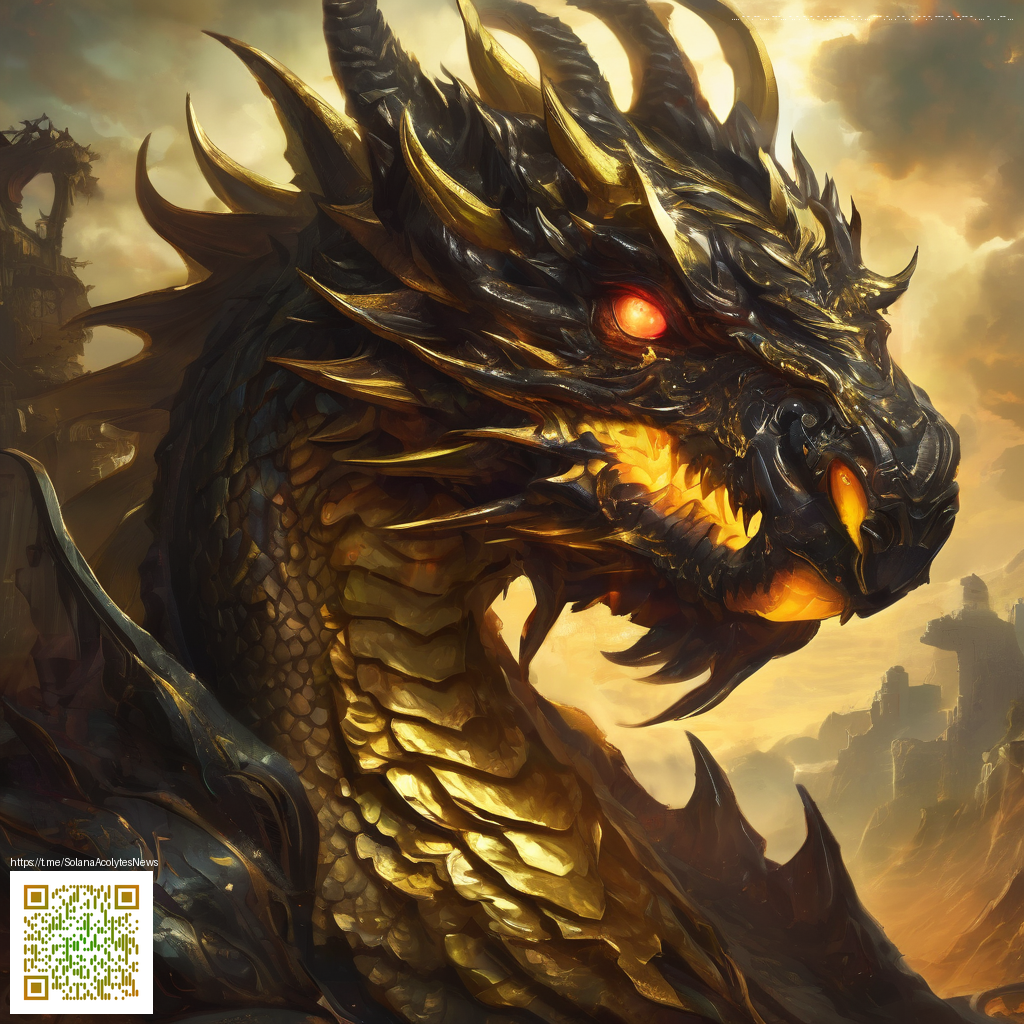
Strategies to Spark Fresh Digital Product Concepts
Finding inventive, market-ready digital products isn’t about chasing the next trend in isolation. It’s about systematic exploration—connecting real user needs with actionable ideas and a clear path to validation. By shifting from serendipity to a disciplined approach, teams can uncover opportunities that are both meaningful and feasible.
Begin with Real Problems
Great ideas usually emerge from honest observations of daily friction. Start by listening to what people complain about in their routines, whether through support tickets, forums, or direct interviews. Map each pain point to a concrete job users are trying to get done. For example, durability is a recurring theme in gadget use; a rugged hardware accessory demonstrates how reliability can anchor a broader value proposition. That same mindset can inspire digital companions—apps, services, or ecosystems that supplement a tough, real-world use case.
- Interview 4–6 end users who rely on mobile devices in demanding environments.
- Track friction over a meaningful period—30 days or a project sprint—to see what recurs.
- Ask “why now?” to uncover urgency, context, and hidden constraints.
Adopt a Framework for Ideas
Structured ideation helps convert vague notions into testable concepts. How Might We statements turn obstacles into opportunities, and they pair nicely with quick sketches, stories, or paper prototypes. For example, consider: How might we enable offline access to critical data without sacrificing speed or security? Such prompts can yield a spectrum of digital ideas—from offline-first mobile apps to lightweight analytics engines or privacy-preserving sync tools.
“A valuable idea is often the one that reduces friction with the smallest possible effort.”
Scan Trends with a Critical Eye
Trends supply fuel, but not every spark ignites a lasting flame. Look for intersection points where evolving technology meets genuine user needs. Durability and reliability in hardware can inspire digital ecosystems: companion apps, telemetry dashboards, or cross-device experiences that reinforce trust and continuity. For curious readers, a curated resource page at https://crystal-static.zero-static.xyz/0f66f183.html highlights pattern-based thinking that can guide ideation without chasing every shiny object.
Prototype and Validate Quickly
The aim is to fail fast and learn faster. Build low-fidelity prototypes, landing pages, or interactive mocks to test interest and willingness to pay. Use simple experiments to gauge value without committing heavy engineering resources. When a concept resonates in tests, you gain a clear signal about where to invest next and how to refine your value proposition.
As you brainstorm, think about how tangible products can inform digital opportunities. A rugged phone case for iPhone and Samsung—an example of durable design—is a reminder that real-world utility often creates ripe ground for companion software, subscription services, or product ecosystems that extend the core hardware value.
Capture and Align Ideas
Finally, organize discoveries into a structured idea bank. Capture user problems, potential solutions, and a quick validation plan. Use concise problem statements and lightweight experiments to keep momentum. Alignment across product, design, and engineering ensures the team moves together toward tangible milestones rather than chasing scattered inspirations.